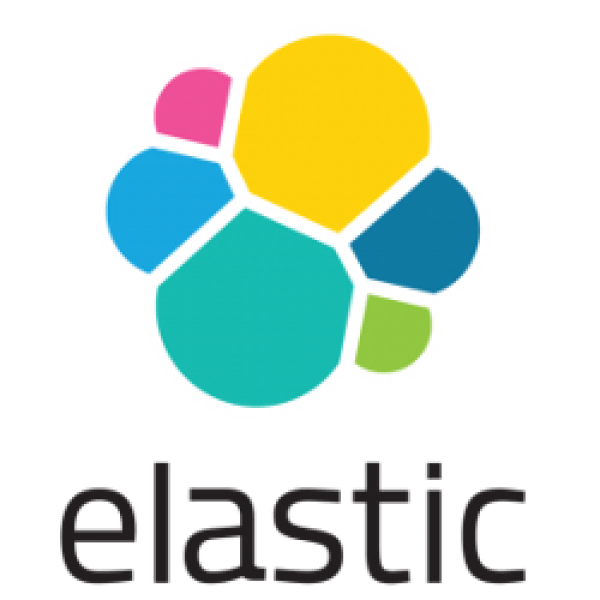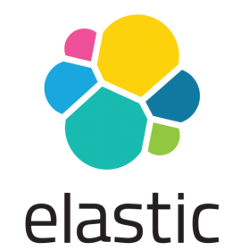
Elasticsearch Tutorial for Java Developers
FREE
Elasticsearch is a search engine based on Lucene. It provides a distributed, multitenant–capable full–text search engine with an HTTP web interface and schema–free JSON documents. Elasticsearch is developed in Java and is released as open source under the terms of the Apache License. Elasticsearch is the most popular enterprise search engine followed by Apache Solr, also based on Lucene.
Elasticsearch can be used to search all kinds of documents. It provides scalable search, has near real–time search, and supports multitenancy. Elasticsearch is distributed, which means that indices can be divided into shards and each shard can have zero or more replicas. Each node hosts one or more shards, and acts as a coordinator to delegate operations to the correct shard(s). Rebalancing and routing are done automatically. Related data is often stored in the same index, which consists of one or more primary shards, and zero or more replica shards. Once an index has been created, the number of primary shards cannot be changed.
In this course, we provide a series of tutorials so that you can develop your own Elasticsearch based applications. We cover a wide range of topics, from installation and operations, to Java API Integration and reporting. With our straightforward tutorials, you will be able to get your own projects up and running in minimum time.
Instructor Details
Courses : 5
Specification: Elasticsearch Tutorial for Java Developers
|
User Reviews
Be the first to review “Elasticsearch Tutorial for Java Developers” Cancel reply
This site uses Akismet to reduce spam. Learn how your comment data is processed.

| Price | Free |
|---|---|
| Provider | |
| Year | 2017 |
| Level | Intermediate |
| Language | English |
| Certificate | No |
| Quizzes | Yes |

FREE






There are no reviews yet.